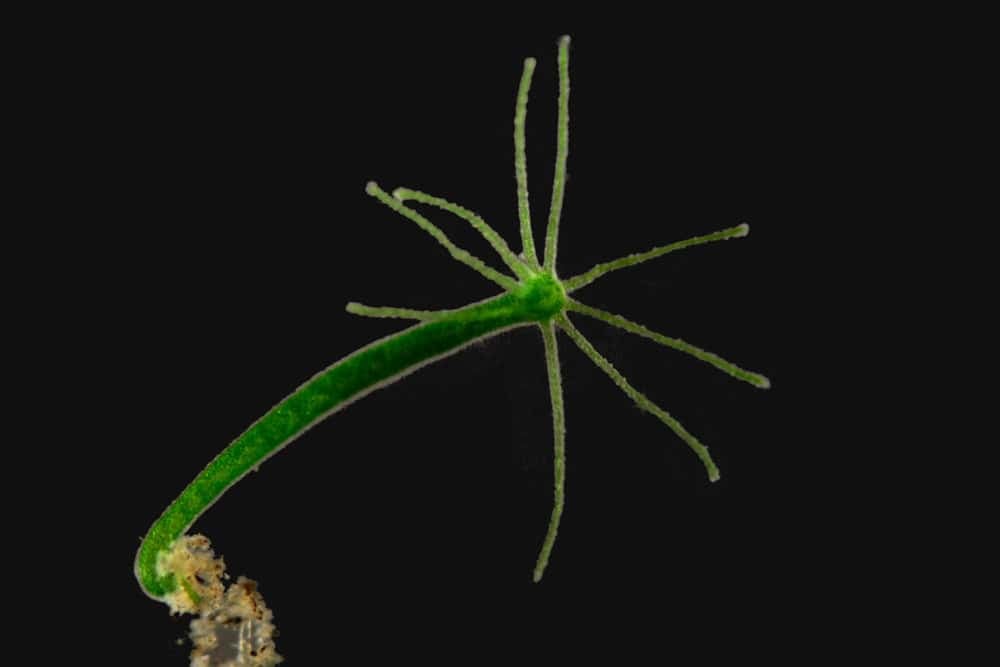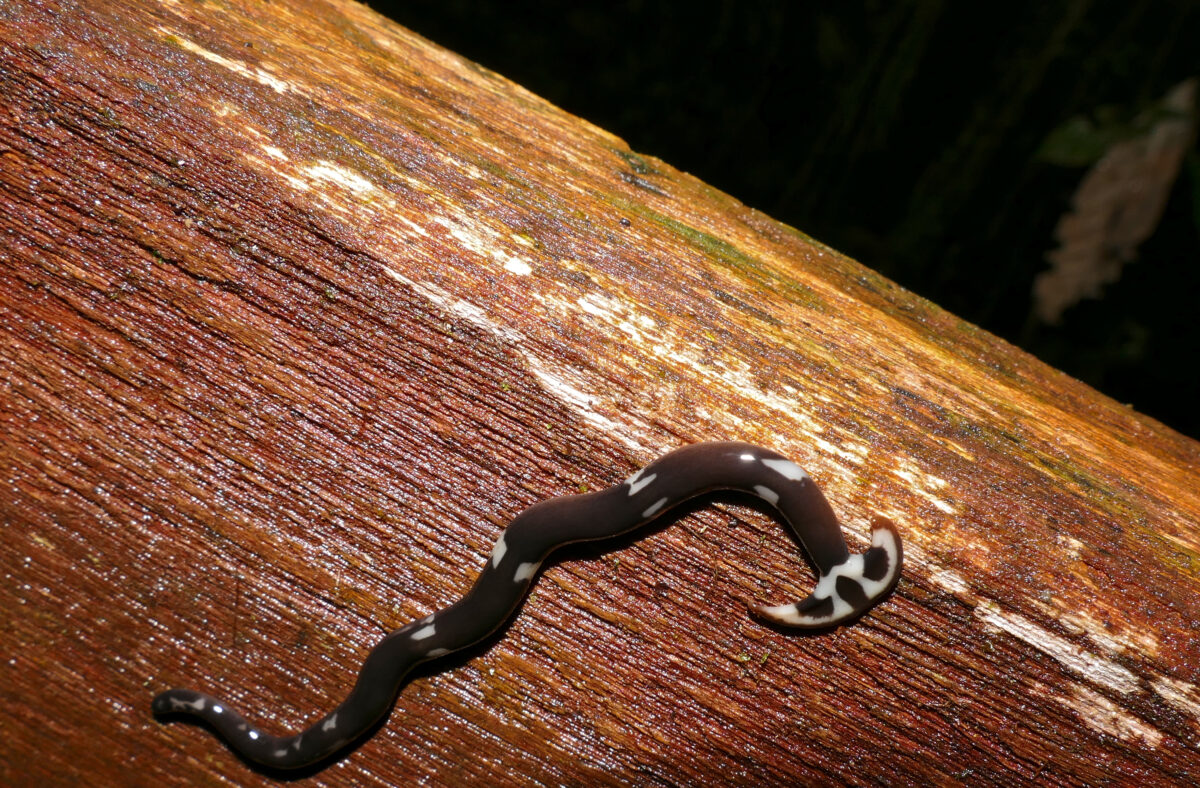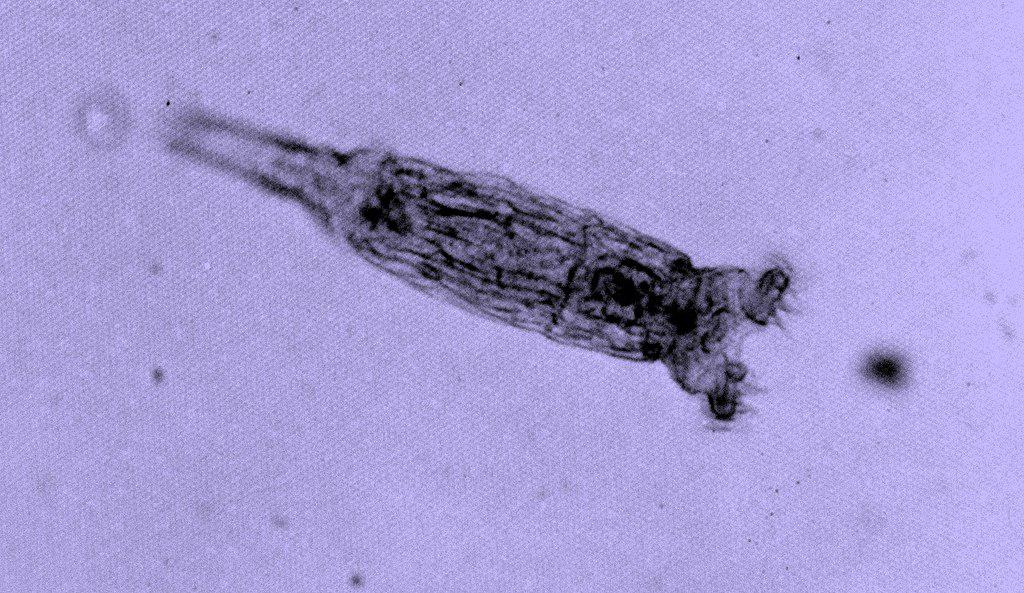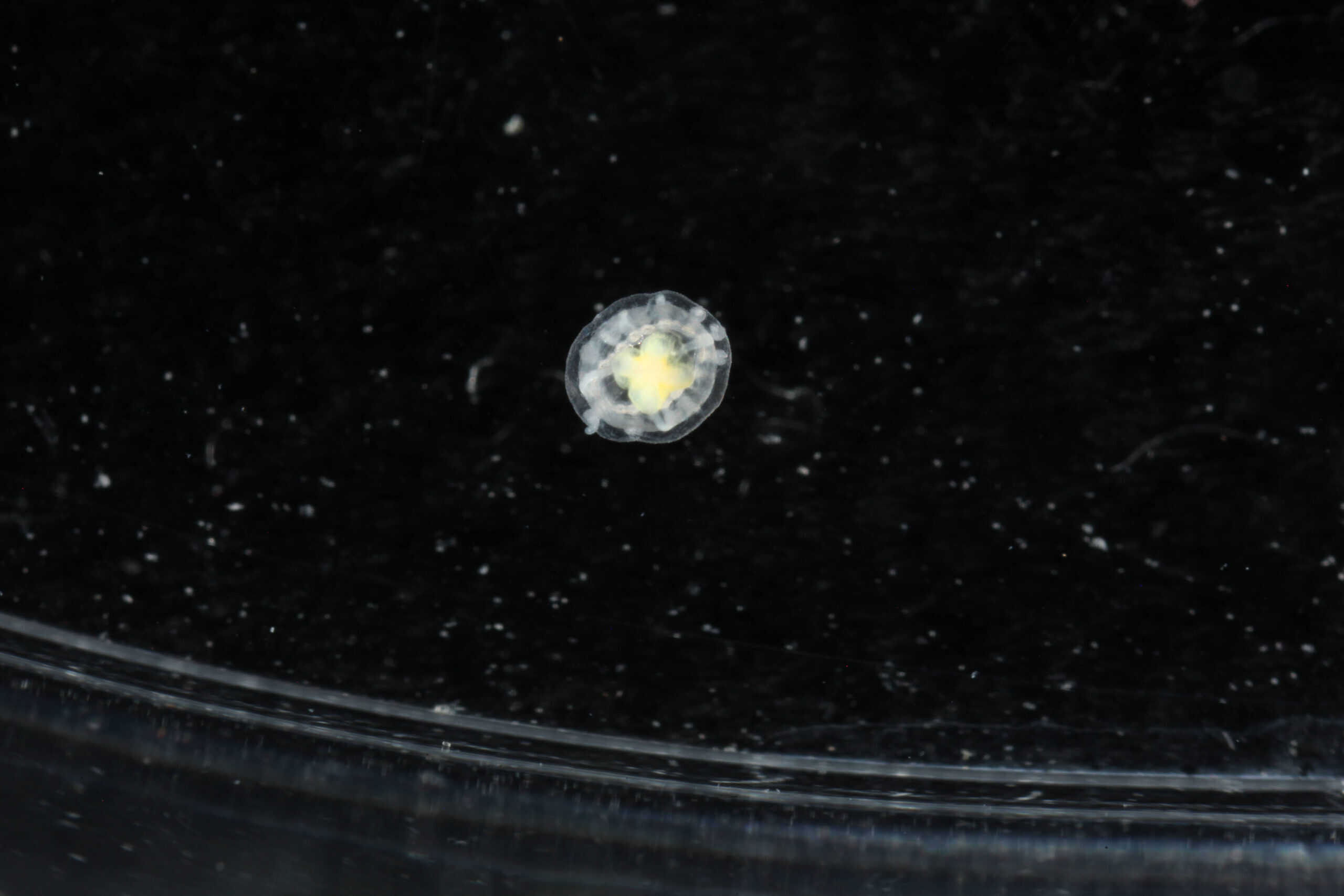In the vast realm of nature, some creatures possess an extraordinary ability that seems like science fiction: natural cloning. Unlike humans and most other animals that require genetic material from two parents, these remarkable organisms can create genetically identical copies of themselves through a process called asexual reproduction. This fascinating biological phenomenon allows certain species to reproduce rapidly, colonize new environments efficiently, and even survive in conditions where finding a mate would be challenging. From tiny invertebrates to complex reptiles, the natural world is full of self-replicating marvels. Let’s explore ten fascinating animals that have mastered the art of cloning themselves.
The Science Behind Natural Cloning

Natural cloning, or asexual reproduction, occurs when an organism produces offspring without fertilization. Unlike sexual reproduction, which combines genetic material from two parents, asexual reproduction creates genetically identical copies of a single parent. The most common forms of asexual reproduction include parthenogenesis (development of an unfertilized egg), budding (where an offspring grows from the body of the parent), and fragmentation (where a piece of the parent develops into a complete organism). These processes allow organisms to reproduce rapidly and efficiently, particularly in stable environments. While cloned offspring lack the genetic diversity that sexual reproduction provides, this reproductive strategy offers significant advantages for certain species, especially in environments where finding a mate might be difficult or when rapid population growth is beneficial for survival.
Komodo Dragons Reptilian Self-Replicators

Komodo dragons, the world’s largest lizards, have demonstrated a remarkable ability to reproduce through parthenogenesis. In this process, females can lay viable eggs without male fertilization. This was first documented in 2006 when a female Komodo dragon at London Zoo produced offspring despite having no contact with males. Scientists discovered that female Komodo dragons possess both male (ZZ) and female (ZW) sex chromosomes, allowing them to produce viable male offspring (ZZ) through parthenogenesis. This reproductive flexibility provides an evolutionary advantage, enabling isolated females to establish new populations on distant islands. However, this form of reproduction reduces genetic diversity, potentially making populations more vulnerable to disease or environmental changes. Interestingly, Komodo dragons seem to prefer sexual reproduction when males are available, suggesting that parthenogenesis serves primarily as a backup reproductive strategy when mates are scarce.
Marbled Crayfish The Cloning Invaders

The marbled crayfish (Procambarus virginalis) represents one of the most remarkable cases of evolutionary innovation among animals. This species emerged in the German aquarium trade in the 1990s as a mutant form of the slough crayfish. What makes this creature extraordinary is that it consists entirely of females that reproduce through parthenogenesis, creating genetically identical clones. A single mutation in a pet crayfish led to the development of this self-cloning ability, creating an entirely new species in an evolutionary instant. These crayfish can produce hundreds of eggs at once without mating, leading to explosive population growth. Their prolific reproduction has made them successful invasive species across Europe, Madagascar, and Japan, where released pets have established wild populations that threaten native ecosystems. Despite their genetic uniformity, marbled crayfish demonstrate remarkable adaptability to different environments, puzzling scientists who typically associate evolutionary success with genetic diversity.
Whiptail Lizards All-Female Species

Certain species of whiptail lizards from the genus Aspidoscelis (formerly Cnemidophorus) have evolved to reproduce exclusively through parthenogenesis, creating all-female species. These lizards, native to the southwestern United States and Mexico, emerged through hybridization between two sexually reproducing species. The most studied parthenogenetic whiptail is the New Mexico whiptail (Aspidoscelis neomexicana), which reproduces without male input. Remarkably, despite having no males in their species, these lizards still engage in pseudocopulation behavior where one female mounts another. This behavior appears to stimulate ovulation and improve reproductive success. Each offspring is a genetic clone of its mother, creating lineages of genetically identical individuals. Despite their lack of genetic diversity, these lizards have successfully adapted to their environments and established stable populations. Their unique reproductive strategy eliminates the “cost” of producing males and allows for rapid population growth, giving them advantages in certain ecological contexts.
Hydra Immortal Budding Specialists

Hydras, small freshwater relatives of jellyfish and corals, have fascinated scientists since their discovery in the 18th century. These simple animals, measuring just a few millimeters in length, reproduce asexually through a process called budding. During budding, a small outgrowth develops on the hydra’s body wall and gradually forms a complete miniature replica of the parent, eventually detaching as an independent organism. A single hydra can produce multiple buds simultaneously, allowing for rapid population growth under favorable conditions. Beyond their cloning abilities, hydras are renowned for their biological immortality—they show no signs of aging and can potentially live indefinitely if not killed by predators or environmental conditions. This remarkable longevity is linked to their abundant stem cells and exceptional regenerative abilities, which allow them to continuously replace damaged or aging cells. Hydras can also reproduce sexually when environmental conditions deteriorate, producing fertilized eggs that are more resistant to harsh conditions and can hatch when conditions improve.
Sea Stars Masters of Regeneration

Sea stars (starfish) exhibit one of the most impressive regenerative abilities in the animal kingdom, allowing them to clone themselves through fragmentation. If a sea star loses an arm to a predator, not only can it regrow the missing limb, but in some species, the severed arm can develop into an entirely new sea star if it contains a portion of the central disc. Species like the Pacific sea star (Asterias amurensis) and the common sea star (Asterias rubens) are particularly adept at this form of reproduction. This remarkable regenerative capacity stems from their decentralized nervous system and the presence of pluripotent stem cells that can develop into any type of specialized cell. Some sea star species actively practice autotomy—deliberately breaking off their own arms as a reproductive strategy. While fragmentation provides a backup reproductive method and aids in rapid population growth, sea stars primarily reproduce sexually by releasing eggs and sperm into the water. Their regenerative abilities also serve as a defense mechanism, allowing them to escape predators by sacrificing a limb and regenerating it later.
Aphids Rapid Reproductive Machines

Aphids, small sap-sucking insects often considered garden pests, possess one of the most efficient reproductive systems in the animal kingdom. During spring and summer, female aphids reproduce through parthenogenesis, giving birth to live young (nymphs) that are genetic clones of themselves. These offspring are born pregnant, already carrying the next generation of clones within them—a phenomenon called telescoping generations. This reproductive strategy allows aphid populations to expand exponentially, with a single female potentially giving rise to billions of genetically identical descendants in a single season. Aphids switch to sexual reproduction in autumn when environmental conditions deteriorate, producing males and sexual females that mate to create fertilized eggs. These eggs overwinter and hatch in spring, beginning the cycle anew. The ability to alternate between asexual and sexual reproduction gives aphids remarkable adaptability, allowing them to maximize population growth during favorable conditions while maintaining genetic diversity for long-term survival. This reproductive flexibility, combined with their specialized mouthparts for extracting plant sap, has made aphids one of the most successful insect groups on Earth.
Planarians Flatworms with Remarkable Regeneration

Planarians are small, free-living flatworms renowned for their extraordinary regenerative capabilities. These aquatic invertebrates can reproduce asexually through transverse fission, where the body splits in the middle and each half regenerates the missing portions. Some planarian species can regenerate a complete organism from a fragment as small as 1/279th of the original body. This remarkable ability stems from their abundant adult stem cells called neoblasts, which make up about 20-30% of all cells in their bodies. These pluripotent cells can differentiate into any cell type needed for regeneration. When a planarian is cut, neoblasts migrate to the wound site and proliferate, rebuilding the missing parts according to the body’s internal coordinates. Besides asexual reproduction, most planarian species are hermaphrodites capable of sexual reproduction, possessing both male and female reproductive organs. Scientists study planarians extensively to understand the genetic mechanisms of regeneration, with potential applications for regenerative medicine in humans. Their simple nervous system, which includes a primitive brain, also makes them valuable models for neuroscience research.
Blacktip Reef Sharks Surprising Parthenogenesis

Blacktip reef sharks (Carcharhinus melanopterus) have surprised scientists with their ability to reproduce through parthenogenesis under certain circumstances. This discovery came when female sharks in captivity produced offspring despite having no contact with males for extended periods. In 2008, a female blacktip shark at Virginia Aquarium gave birth to a pup after eight years of isolation from males, providing clear evidence of this reproductive adaptation. Unlike some parthenogenetic species, this ability appears to be a backup reproductive strategy rather than their primary method. In blacktip sharks, parthenogenesis occurs through a process called automictic parthenogenesis, where certain cells produced during the formation of an egg fuse to restore the full chromosome count. Offspring produced this way are not perfect clones but have less genetic diversity than sexually produced sharks. This reproductive flexibility may help isolated female sharks perpetuate their lineage when males are unavailable, though the offspring typically show reduced genetic fitness and higher mortality rates. Similar parthenogenetic reproduction has been documented in other shark species including hammerhead and zebra sharks, suggesting this capability may be more widespread in cartilaginous fishes than previously thought.
Bdelloid Rotifers Ancient Asexual Survivors

Bdelloid rotifers represent an evolutionary enigma—microscopic aquatic animals that have apparently survived without sexual reproduction for over 40 million years. These tiny invertebrates, typically less than a millimeter long, reproduce exclusively through parthenogenesis, creating offspring that are clones of their mothers. Their asexual lifestyle has earned them the nickname “ancient asexuals” and challenges the evolutionary theory that predicts the extinction of species that abandon sexual reproduction. Despite their genetic homogeneity, bdelloid rotifers have diversified into over 450 species and adapted to a wide range of environments, from freshwater ponds to the moisture in soil and mosses. Their evolutionary success may be linked to their remarkable resilience—they can survive complete desiccation for years, withstand radiation at doses lethal to most animals, and uptake foreign DNA from their environment, incorporating it into their genomes. This horizontal gene transfer may provide genetic variation typically achieved through sexual reproduction. Additionally, these resilient creatures can repair damaged DNA efficiently, potentially mitigating the accumulation of harmful mutations that typically plague asexual lineages.
Turritopsis dohrnii The Immortal Jellyfish

The Turritopsis dohrnii, commonly known as the immortal jellyfish, possesses a unique form of asexual reproduction coupled with an extraordinary ability to reverse its life cycle. When faced with environmental stress, physical damage, or old age, this tiny jellyfish (measuring only about 4.5 mm across) can revert from its mature medusa stage back to its juvenile polyp stage through a process called transdifferentiation—essentially transforming its specialized cells into different types. This biological reset allows it to begin its life cycle anew, potentially repeating this process indefinitely. While not strictly cloning in the traditional sense, this process creates genetically identical copies of the original jellyfish. In addition to this remarkable rejuvenation ability, Turritopsis can also reproduce asexually through budding during its polyp stage, creating multiple genetically identical offspring. The combination of these reproductive strategies makes this species theoretically immortal, though predation and disease ensure most don’t achieve this potential in the wild. Since its discovery in the Mediterranean, the immortal jellyfish has spread to oceans worldwide, likely transported in ship ballast waters. Scientists are studying this species intensively for insights into cell differentiation, aging processes, and potential applications in regenerative medicine and age-related disease research.
Stick Insects Parthenogenetic Mimics

Stick insects, masters of camouflage from the order Phasmatodea, have evolved remarkable reproductive adaptations including parthenogenesis. In several species, females can produce viable eggs without mating, creating daughters that are genetic clones of themselves. This reproductive strategy is particularly common in species where males are rare or absent. The Australian stick insect Extatosoma tiaratum and several species in the genus Timema demonstrate obligate parthenogenesis, reproducing exclusively through this asexual method. Other species display facultative parthenogenesis, switching between sexual and asexual reproduction depending on environmental conditions or mate availability. Parthenogenetic reproduction allows isolated females to establish new populations after dispersal events, contributing to the wide distribution of stick insects across various habitats. Interestingly, some parthenogenetic stick insects still engage in behaviors associated with sexual reproduction, such as releasing pheromones to attract non-existent males, suggesting these traits persist despite no longer serving their original purpose. The eggs of parthenogenetic stick insects often resemble plant seeds, complete with structures that attract ants who carry them to their nests, providing protection until hatching. This combination of camouflage, parthenogenesis, and specialized eggs has made stick insects highly successful colonizers and survivors in diverse environments around the world.
Conclusion: The Evolutionary Significance of Self-Cloning

The ability to clone oneself represents a fascinating evolutionary adaptation with both advantages and limitations. For species that have mastered asexual reproduction, the benefits are substantial: rapid population growth, the ability to colonize new environments with just a single individual, and the preservation of well-adapted genotypes. These advantages explain why self-cloning has evolved independently across diverse animal groups from simple invertebrates to complex vertebrates. However, this reproductive strategy comes with significant evolutionary costs, primarily the loss of genetic diversity that typically results from sexual reproduction. Without genetic recombination, asexual populations may adapt more slowly to changing environments and accumulate harmful mutations over time—a phenomenon known as Muller’s ratchet. Many cloning species appear to have evolved mechanisms to mitigate these disadvantages, including the periodic reversion to sexual reproduction, efficient DNA repair mechanisms, and in some cases, the ability to incorporate foreign genetic material. The persistence of ancient asexual lineages like bdelloid rotifers challenges conventional evolutionary theory and suggests that the costs and benefits of different reproductive strategies are more complex than initially thought. By studying these self-cloning marvels, scientists continue to gain insights into fundamental biological processes including development, regeneration, aging, and evolution itself.
- 12 Fascinating Shark Facts And 3 That Are Totally Wrong - August 21, 2025
- 11 Animals That Can Clone Themselves - August 21, 2025
- 15 Cat Breeds Vets Secretly Wish You’d Stop Buying - August 21, 2025

